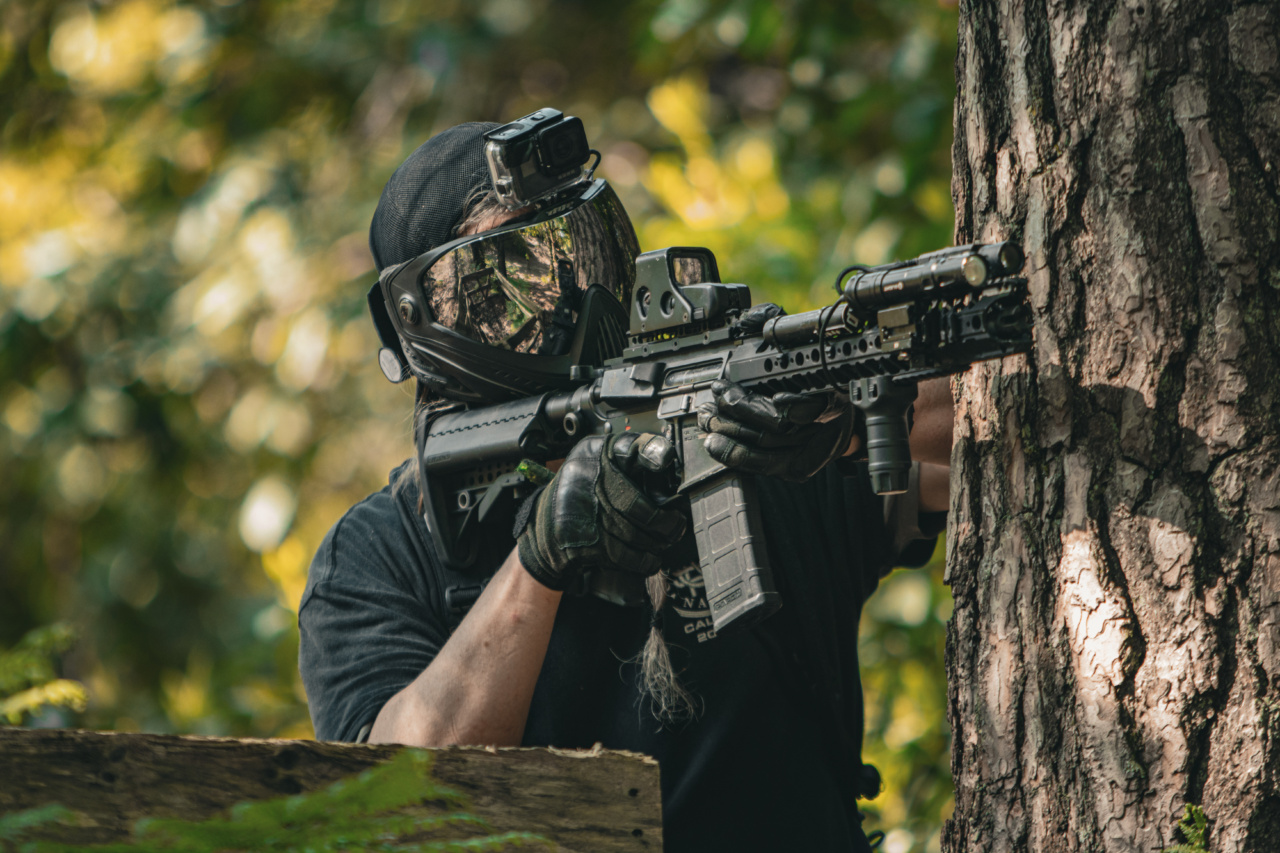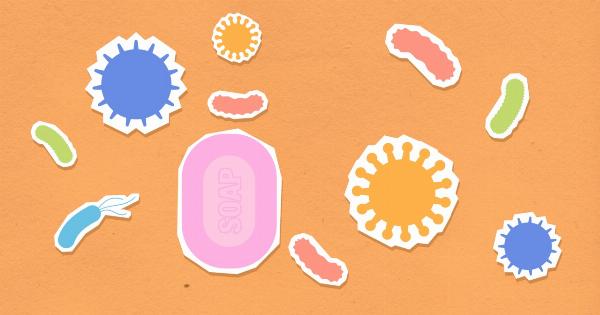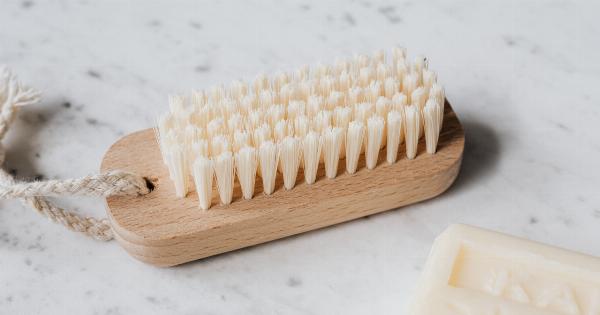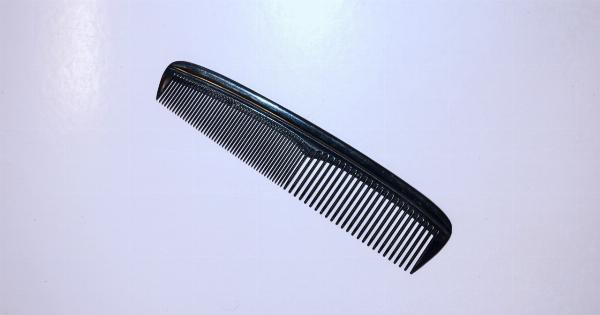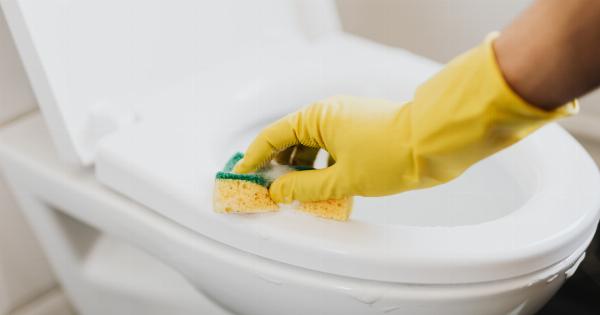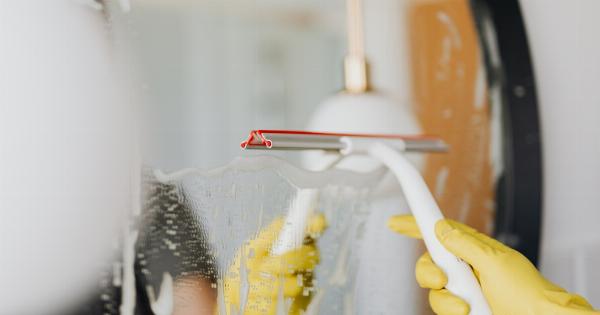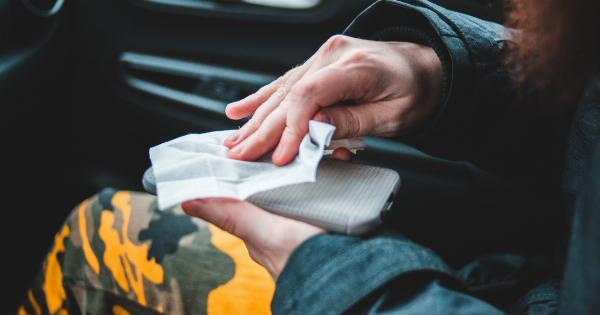Bacteria are microscopic organisms that have been around for billions of years. They are found virtually everywhere, from the deepest parts of the ocean to the highest peaks of mountains.
While some bacteria are beneficial and essential for life on Earth, others can cause diseases and infections. To avoid these harmful bacteria, it is important to be aware of the 11 best hiding places where they can thrive and multiply.
1. Kitchen Sponges
Kitchen sponges are a breeding ground for bacteria due to their moist and porous nature. They provide an ideal warm and damp environment for bacteria to multiply rapidly.
It is recommended to sanitize sponges regularly by microwaving them or using bleach to kill the bacteria.
2. Cutting Boards
Many people overlook the fact that cutting boards can harbor harmful bacteria. The grooves left by knives can become a perfect hiding spot for bacteria, especially if the cutting board is not properly cleaned and sanitized after each use.
Using separate cutting boards for meat, vegetables, and other food items can help minimize cross-contamination.
3. Toothbrush Holders
Toothbrush holders often collect water and toothpaste residue, creating a moist and fertile environment for bacteria. It is important to clean and dry toothbrush holders regularly to prevent the growth of bacteria.
Additionally, it is advisable to replace toothbrush holders periodically.
4. Bathroom Faucet Handles
Bathroom faucet handles are frequently touched by dirty hands and can harbor bacteria. Regularly cleaning and disinfecting these handles can help reduce the risk of spreading harmful bacteria.
Using disposable paper towels to handle the faucets can also be beneficial in minimizing contact with bacteria.
5. Cell Phones
Cell phones are often taken everywhere, including into the bathroom and various public places. They come into contact with countless surfaces and can pick up bacteria along the way.
Cleaning cell phones with disinfecting wipes regularly can help eliminate bacteria and reduce the risk of transferring them to the face or hands.
6. Shopping Cart Handles
Shopping cart handles are touched by numerous people throughout the day. They can harbor bacteria from unwashed hands and various items that are placed in the cart.
Many stores provide sanitizing wipes for customers to clean the handles before use, but using hand sanitizers after shopping is also advisable.
7. Computer Keyboards
Computer keyboards are notorious for harboring bacteria as they are often touched with unwashed hands and rarely cleaned.
It is important to regularly clean computer keyboards with disinfecting wipes or compressed air to remove dirt, dust, and bacteria.
8. Gym Equipment
Gym equipment, especially in busy fitness centers, can be a breeding ground for bacteria due to the combination of heat, sweat, and various individuals using the same equipment throughout the day.
It is essential to wipe down gym equipment before and after use with sanitizing wipes provided by the gym.
9. Handbags
Handbags come into contact with various surfaces throughout the day and are rarely cleaned. They can easily pick up bacteria and transfer them to other objects or hands.
Regularly cleaning handbags with disinfecting wipes or washable materials can help eliminate bacteria.
10. Pet Toys
While pets bring immense joy into our lives, their toys can harbor bacteria if not properly cleaned. It is important to regularly wash and disinfect pet toys, particularly those that are frequently exposed to saliva and dirt.
11. Airplane Tray Tables
Airplane tray tables are rarely cleaned thoroughly between flights and can harbor bacteria from previous passengers. Using antibacterial wipes to sanitize the tray table before use can help reduce the risk of exposure to harmful bacteria.
